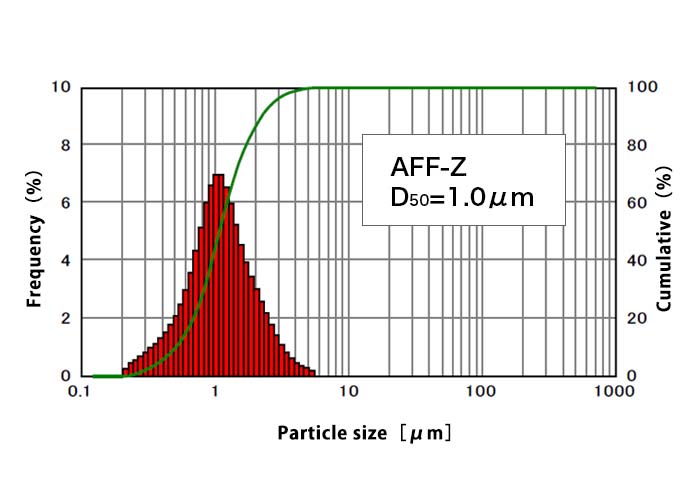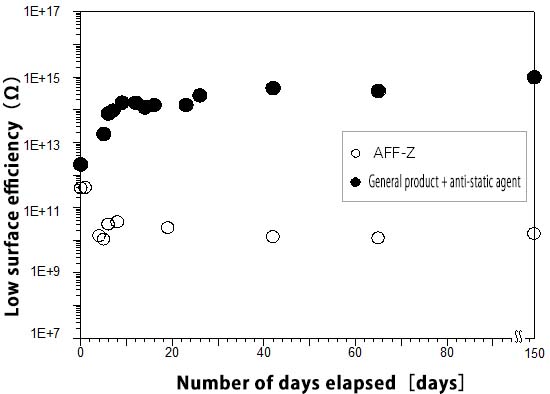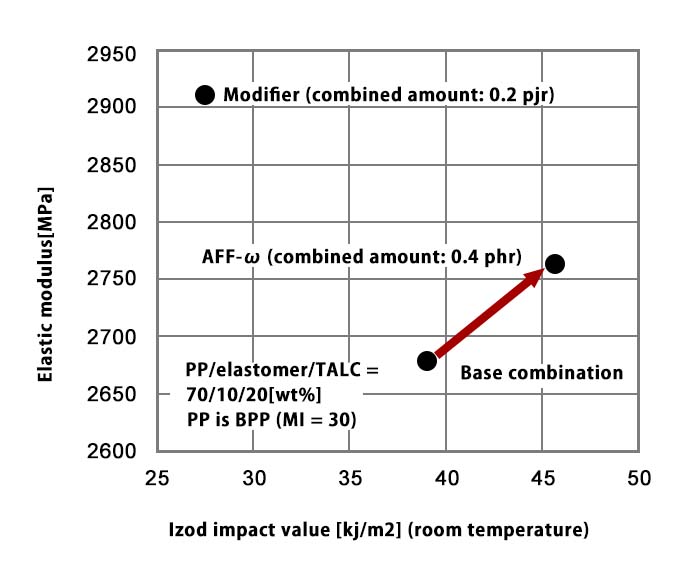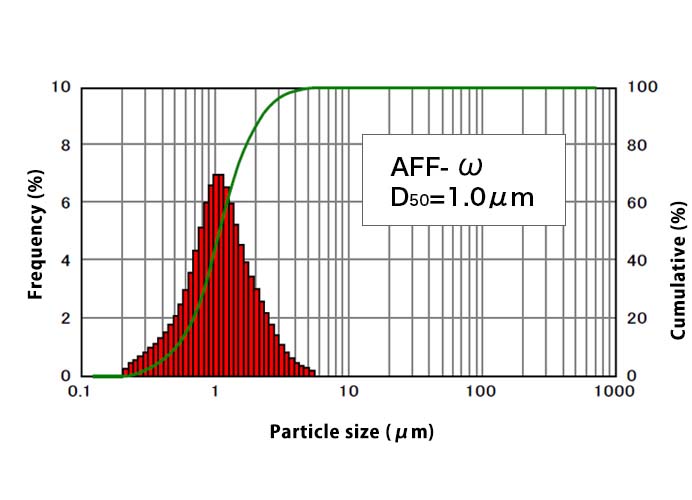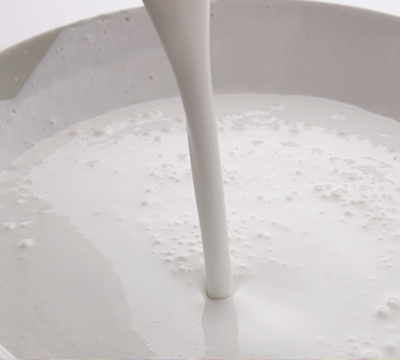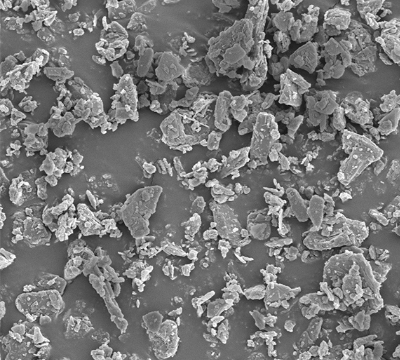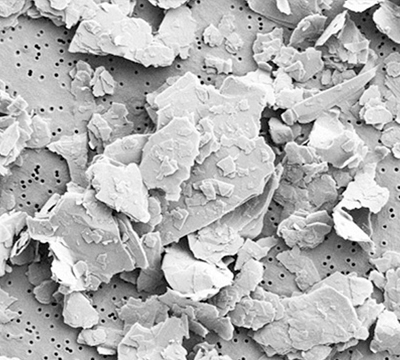AFF series

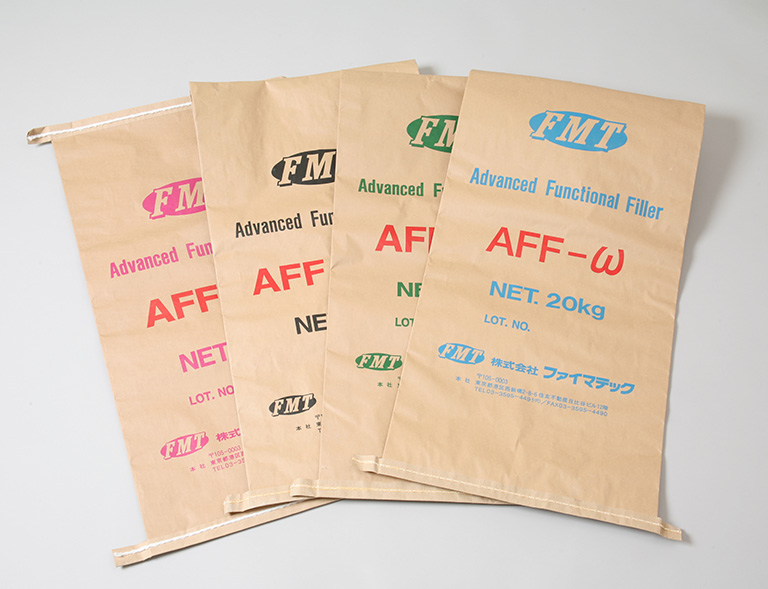
Fimatec’s calcium carbonate products, “AFF (Advanced Functional Filler),” are a functional filler, with a surface treatment being applied to a wet-ground ultrafine calcium carbonate slurry. The surface treatment of the special cationic polymer using a wet method allows for uniform surface modification, which increases the dispersion of the cationic polymer into the resin.
AFF offers a wide range of surface treatment designs, including a fatty acid treated product “AFF-HS,” an anti-static surface treatment product “AFF-Z,” a crystalline nuclear surface treatment product “AFF- ω,” and paint pigment slurry “AFF-TS.” A special film grade is also available with coarse particles removed.
AFF-HS
AFF-HS is a functional filler, where fine calcium carbonate particles are surface-treated with a special cationic polymer, and then with 12-Hydroxystearic acid.
Even with a reduced or no modifier, the tensile and impact strength are improved.
Features
- Excellent reforming effect on PVC and olefin.
- Improved mold surface.
- Reduced molten resin residues during extrusion molding.
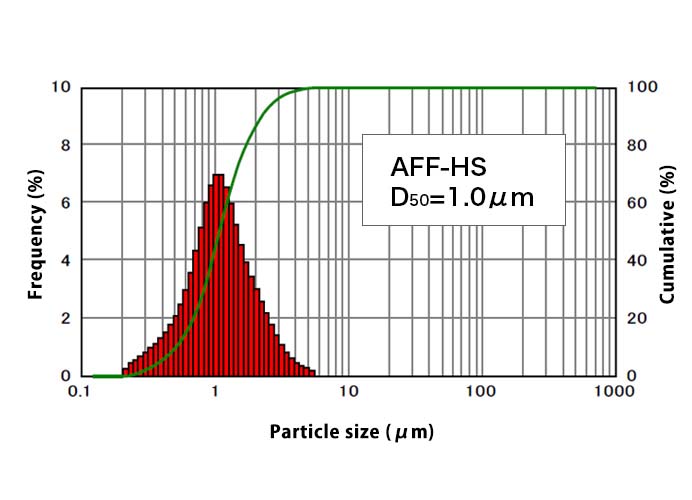
- AFF-HS particle size distribution to enlarge

close
Powder characteristics
| Appearance | White fine powder | |
|---|---|---|
| Surface treatment agent | 1) Special cationic polymer 2) 12-Hydroxystearic acid |
|
| Average particle size | μm | 1.0 |
| BET specific surface area | m2/g | 5.7 |
| Moisture | % | 0.15> |
| Bulk density | g/cm2 | 0.53 |
* Physical properties are representative values.
AFF-CB
AFF-CB is a grade in which limestone (heavy calcium carbonate) is ground to an average particle size of 0.6 μm and surface treated with a proprietary technology to improve dispersion in resin.
In addition, because coarse particles are removed according to the classification, they form a uniform membrane when added to a film or thin layer.
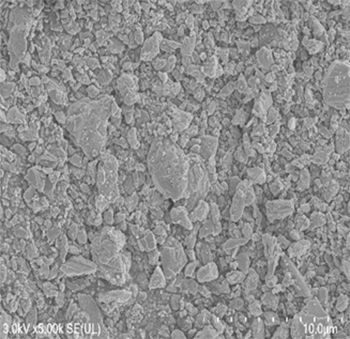
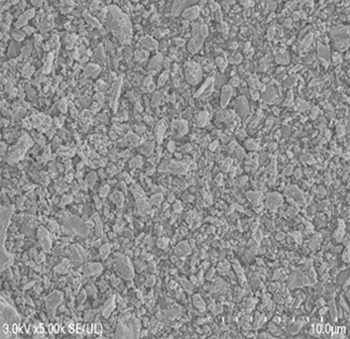
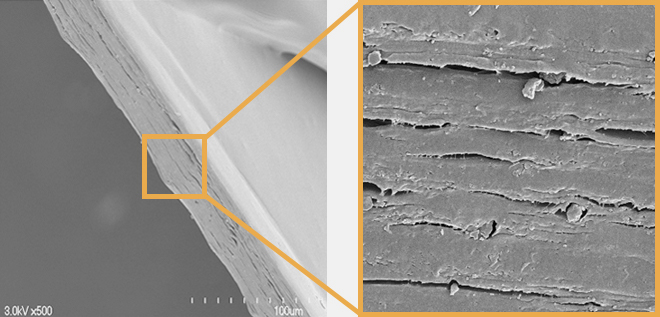
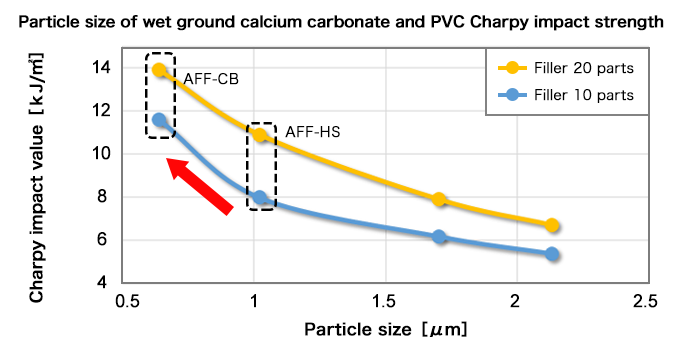 AFF-CB with an average particle size of 0.6 μm is uniformly surface-treated and has a controlled particle size, resulting in a 30% to 40% increase in the Charpy impact value compared to calcium carbonate with a common particle size.
AFF-CB with an average particle size of 0.6 μm is uniformly surface-treated and has a controlled particle size, resulting in a 30% to 40% increase in the Charpy impact value compared to calcium carbonate with a common particle size.
AFF-STF
Safety has been strongly demanded in the field of food packaging. To meet these needs, Fimatec is pleased to offer the U.S. FDA-compliant fine calcium carbonate particle AFF-STF.
It falls under the category of a GRAS substance (Substances Generally Recognized as Safe) and complies with the safety rules for food-contact substances (Code of Federal Regulation (CFR), Title 21, Section 170 to Section 190), making it an ideal grade for an addition to resin products for food packaging.
Samples of pre-compound PP master batches are also available.
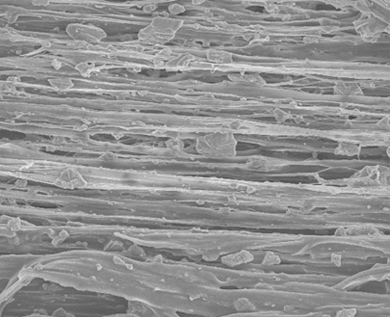
Powder characteristics
| Appearance | White fine powder | |
|---|---|---|
| Whiteness | 95 | |
| Surface treatment agent | Stearic acid (plant derived) |
|
| Particle size distribution (representative value) |
D50 D90 |
1.2 μm 3.0 μm |
| Residue [2000 mesh] | 0.05 % |
AFF-Z
AFF-Z is a functional filler, where fine calcium carbonate particles are surface-treated with a special cationic polymer, and then with an anti-static agent.
Features
- Special cationic polymer
- Enhanced binding power with calcium carbonate.
- Cationic expression in amino groups (-NH2+).
- Secondary surface treatment using amino groups.
- Anti-static agent
- A good anti-static agent that is compatible with amino groups.
- Low bleed-out, and long-lasting anti-static effects.
- AFF-Z
- Fine particles (average particle size 1.0 μm).
- Particle size distribution is sharp.
- Fine particles + sharp particle distribution → fewer open circuits in energized circuits.
Powder characteristics
| Appearance | White fine powder | |
|---|---|---|
| Surface treatment agent | 1) Special cationic polymer 2) Anti-static agent |
|
| Average particle size | μm | 1.0 |
| BET specific surface area | m2/g | 5.4 |
| Moisture | % | 0.15> |
| Bulk density | g/cm2 | 0.68 |
* Physical properties are representative values.
AFF-ω (Omega)
AFF-ω is a functional filler, where fine calcium carbonate particles are surface-treated with a special cationic polymer, and then with a resin modifier.
AFF-ω contributes to modifier refinement, dispersion improvement, and cost reduction.
Features
- Effective with low volume addition to PP.
- Does not decrease IZOD. Improves impact resistance. (See Figure 1)
- Improves rigidity.
(Lower than a modifier alone, but improved overall for composite materials) - Reduces cost.
(Reduces the combination amount of existing elastomer due to improved impact resistance)
Mechanism
PP, a crystalline polymer, has a different effect on mechanical properties depending on the crystalline state.
| Crystal growth (large) | → | Rigidity (up) | Impact resistance (down) |
|---|---|---|---|
| Micro-crystallization (a lot) | → | Rigidity (down) | Impact resistance (up) |
Compared to a general modifier, AFF-ω has the following mechanisms with respect to dispersion in the matrix during PP kneading, so the results as shown in Figure 1 are obtained.
- Because AFF-ω has a composition of a calcium carbonate filler, it is well dispersed due to the shear forces during PP kneading.
- Ample dispersion of fine particles produces a large number of fine crystals in the PP matrix.
→ Greatly improved impact resistance - The polar parts of the special cationic polymer amino groups (-NH2+) and the modifier are tightly chemically bonded to provide functional stability.
- The surface properties and particle size (specific surface area) also have a significant impact on the modifying effect.
AFF-ω is D50 = approximately 1.0 μm (see Figure 2)

